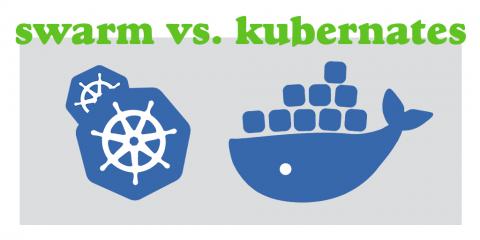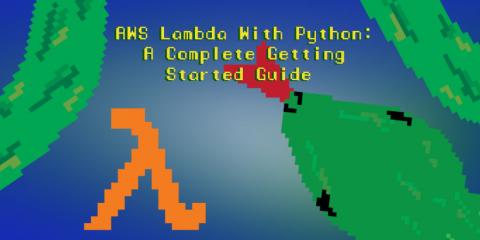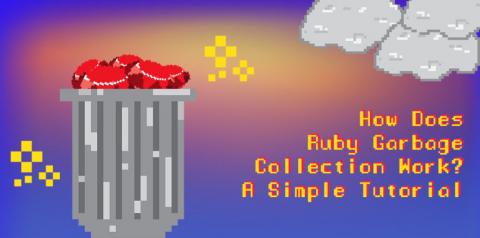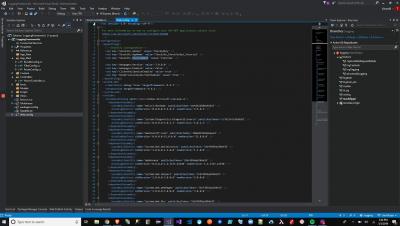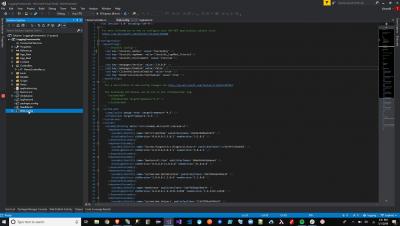Docker Swarm vs Kubernetes: A Helpful Guide for Picking One
Docker and Kubernetes have taken the software world by storm. DevOps, containers, and container management are at the center of most conversations about what’s relevant to technology. Tooling and services that ease running software in containers, therefore, occupy the minds of developers. Great tools and platforms create options and possibilities. They also create challenges in understanding available choices, though.


